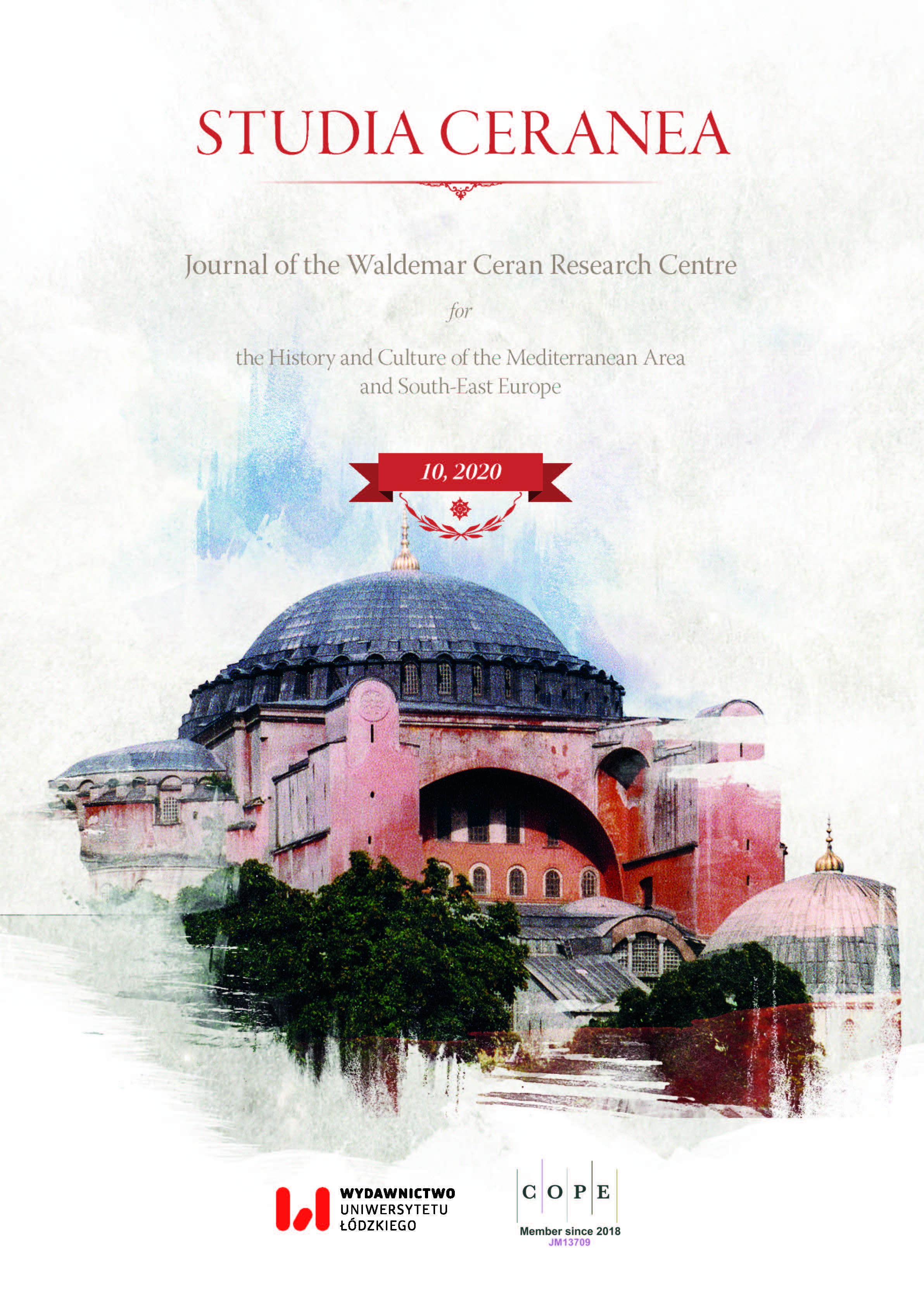Some Remarks on the Significance of Gold Based on Byzantine Ekphraseis of Works of Art
Some Remarks on the Significance of Gold Based on Byzantine Ekphraseis of Works of Art
Author(s): Magdalena GarnczarskaSubject(s): Studies of Literature, Aesthetics
Published by: Wydawnictwo Uniwersytetu Łódzkiego
Keywords: Byzantine aesthetics; ekphrasis; gilding; mosaic; marble
Summary/Abstract: The abundance of gilding is considered to be a particularly characteristic feature of Byzantine art. This attribute can be confirmed by even a cursory analysis of works of art. In short, Byzantine artists used gold on a large scale, showing great technical skill. It is therefore quite surprising that this issue has not yet received a separate, comprehensive study. Admittedly, researchers recognize the presence of gold but unfortunately, they almost do not go beyond general observations. On the one hand, they emphasize the primary role of the symbolic meanings of gold, and, on the other, they indicate the high material value of this precious metal. These comments are usually very general and their authors rarely refer to specific primary sources. Their observations, however, speak more about present-day ideas about Byzantine culture than about it itself. The indicated problem is an important and extensive task to be done, hence this paper is only an outline of the most important questions, each of which requires a separate and in-depth study. Therefore, this synthetic article introduces the most basic points associated with the understanding of gold in Byzantium. For this purpose, selected examples of Byzantine texts in which their authors referred to gold in a strictly artistic context are analysed. Thus, the main thesis is as follows: in Byzantine painting, gold, one of the most important devices of artistic expression, was used on a large scale primarily for aesthetic reasons.
- Issue Year: 2020
- Issue No: 10
- Page Range: 83-121
- Page Count: 39
- Language: English

